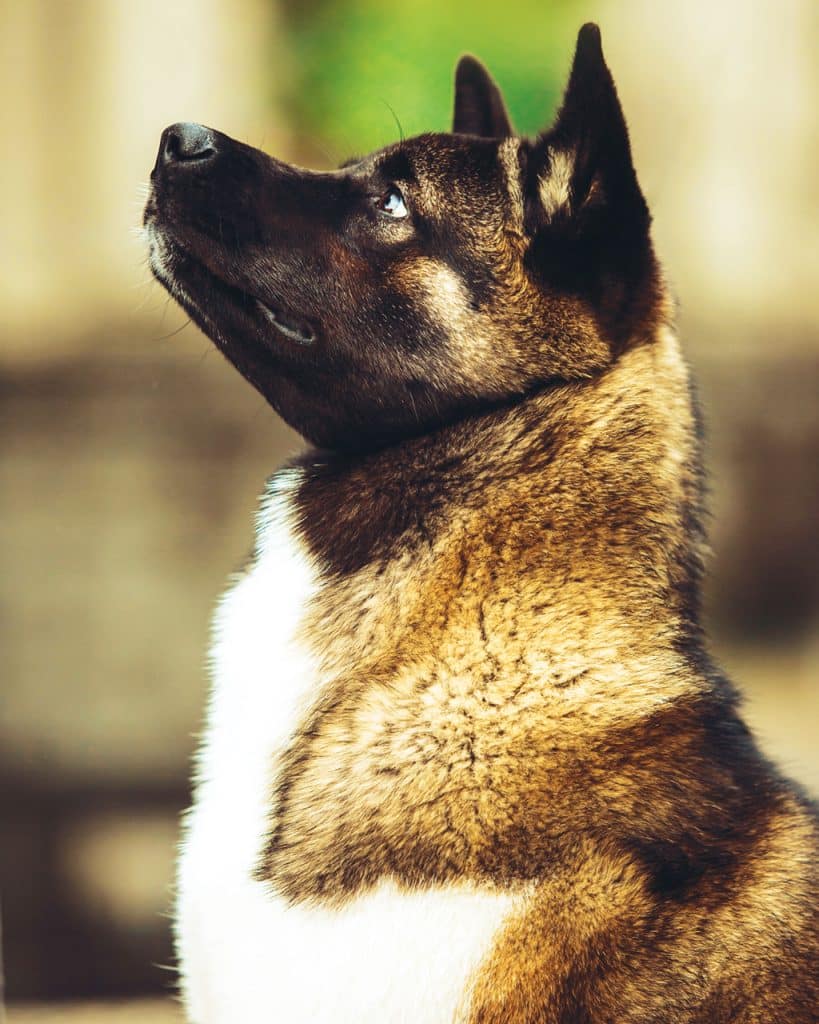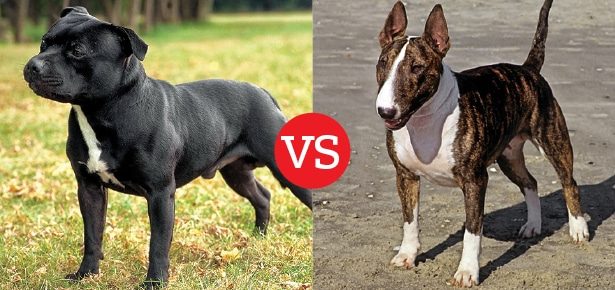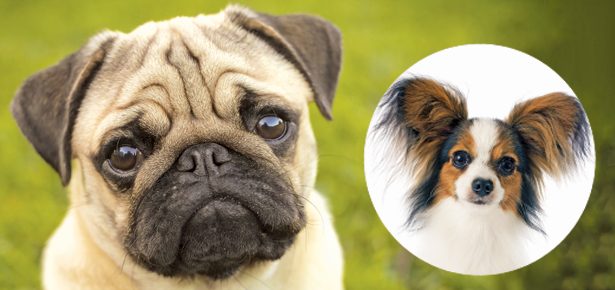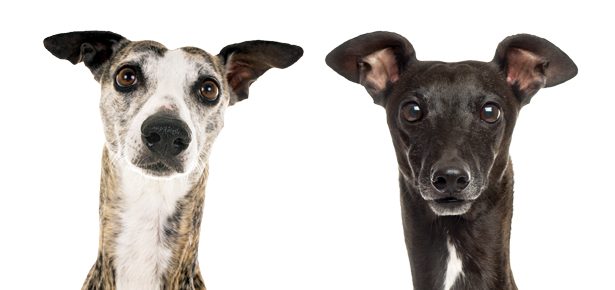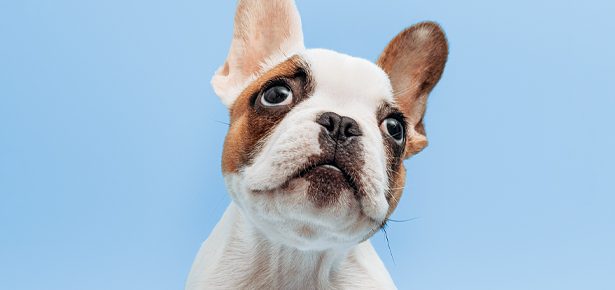
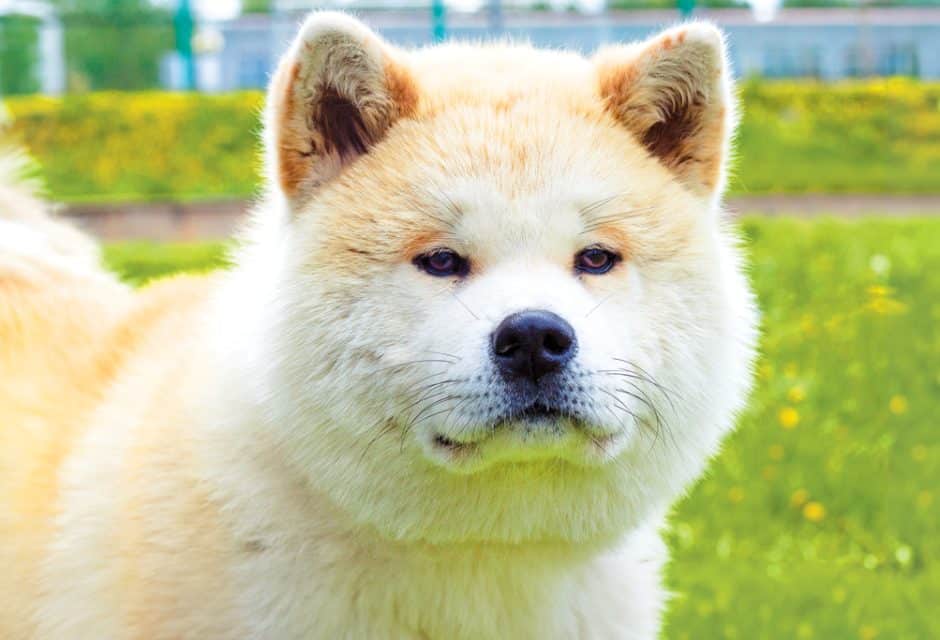
The Akita Dog
Japan’s national treasure
Although widely known in Japan, the Akita dog isn’t a breed you see on a daily basis in North America. Of course, when you do see an Akita, he’s bound to stop you in your tracks. This is a dog of substance, in every sense of the word.
Akitas are an ancient breed whose precise origins are unknown, but we do know that the breed was developed in the northernmost region of Japan, in the prefecture of Akita.
An ancient breed, he was one of a handful of Japanese dogs used for hunting and guarding. The goal for farmers was to breed for type, emphasising strength, loyalty, courage, and ability to withstand harsh climates. The larger dogs, like the Akita dog, hunted deer, elk, boar, and small bears.
Japan’s history and culture is complex and rich, and the Akita has developed along with it. His role as a homestead guardian fully emerged in the late 1700s, when famine led to increased crime. The Akita was often the first line of defense for homeowners against thieves. During this time, the breed grew in size, because a large and imposing appearance is effective in guarding work. A variety of breeds were introduced into the Akita’s lines, including Japanese Tosas, Mastiffs, Great Danes, Saint Bernards, and more.
During the 17th century, these dogs became a symbol of wealth, and ownership was limited to the Japanese aristocracy. Fifth shogun Tokugawa Tsunayoshi, known for his love for dogs, took an interest in the Akita. He enacted laws preventing mistreatment of dogs, and took steps to ensure that the Akita was a dog only the most prestigious members of society could own. Once a common household pet and guardian, the Akita became a dog for samurai and other noblemen. This trend continued until the 19th century, when Emperor Taisho changed the law, permitting any citizen to own an Akita.
Over the years, the Akita has been on the verge of extinction several times. Dog-fighting, unfortunately, put the Akita at risk of injury and death, but thankfully was prohibited in the early 1900s in the Akita prefecture. This gave the breed time to flourish, but that safety was short lived, because soon after a widespread outbreak of rabies threatened dogs in the region. Countless Akitas were lost—some due to illness but many at the hands of humans who killed canines indiscriminately in an effort to end the outbreak.
Most Popular Dogs in the US
According to the most recent AKC registration statistics
[1] Labrador Retriever
[2] German Shepherd
[3] Golden Retriever
[4] French Bulldog
[5] Bulldog
[6] Beagle
[7] Poodle
[8] Rottweiler
[9] Yorkshire Terrier
[10] Pointers
[46] Akita
Again, the Akita endured. By the 1930s, his numbers were again looking good, and it was at this time that Japan designated the breed a national treasure. The Japanese view the Akita as a symbol of health, happiness, and longevity. It’s customary to present a loved one with a small Akita statue to mark the birth of a child, and these statues are also given to those who have been ill or otherwise need good wishes.
No history of the Akita could be complete without mention of Hachiko, the world’s most famous Akita. At the end of each work day, Hachiko would wait for his owner at the Shibua station platform, and they would walk home together. In 1925, Hachiko’s owner passed away at his office, and for ten years, Hachiko continued to wait at the platform for his guardian to arrive and take him home. Japan’s hearts and minds were captivated by this dog’s display of love and loyalty. After Hachiko passed in 1935, a bronze statue in his likeness was erected at the Shibuya station, and a museum was created to celebrate him and the breed.
Within a decade, World War II was underway and its effect on Japanese dogs was devastating. Akita owners were under rations and struggled to feed and care for their families, let alone their dogs. The Germans removed any dog that wasn’t deemed German in origin, and the confiscated dogs were taken and killed for their meat and fur. Thanks to a dedicated group of devoted Akita owners, the breed survived. They hid as many dogs as they could, and reportedly even gave their dogs German-sounding names. It was an elaborate, clandestine effort to try to preserve this national treasure.
While Akita numbers were desperately low at the end of the war, again breeders got to work and spent the following decades working to solidify the Akita’s status and to create standards for temperament and type.
The breed was introduced to North America in the late 1930s when Helen Keller was honoured by Japan with the gift of an Akita. Speaking of her first Akita, she noted, “If ever there was an angel in fur, it was Kamikaze.” Her love of the breed helped raise its profile. Her first Akita died of distemper before his first birthday, but she was gifted a second dog from the same litter, and he became one of her most beloved canine companions.
The breed gained popularity in the United States and the Akita Club of America was founded in 1956.
The American Kennel Club (AKC) recognized the breed in the Miscellaneous Class in 1955 and as part of the Working Group in 1973.
Today’s Akita is a large, heavily-boned breed with a distinct head, and a large tail that curves over his back. He stands from 24 to 28 inches at the shoulder and his body is meant to be longer than it is high. Owing to his origins in the northernmost region of Japan, the Akita has a very thick, warm double-coat which the AKC accepts in various colours and markings.
Although strong and athletic, the Akita is not an overly active breed. A walk or two a day will be enough to keep him content. For those who want to be more active, both physical and mental exertion will be well received by the Akita.
Profile: The Akita
Size: Large!
Male Akitas can weigh as much as 130 pounds! The AKC standard allows for males from 26 to 28 inches at the withers; females 24 to 26 inches.
Activity Level: 3/5
Although he can and will partake in rigorous exercise and activities, on a regular basis the Akita will be content with a brisk walk or two a day.
Grooming: 2/5
Regular bushing, nail trims– just the basics required for this breed’s thick double coat. He keep himself very clean.
Heritage: Hunting and Guarding
Bred in the rugged and mountainous northern region of Japan, he was built to be strong, brave, resilient and loyal.
Life Expectancy:
10-13 years
For more information on Akita rescue in the U.S., visit akitaclub.org/rescue-page. In Canada, visit akita.rescueme.org/ca.
The Akita has done well in activities such as obedience and agility. He’s also gaining popularity as a therapy dog. One can only imagine the delight of those in nursing homes when they encounter an imposing dog with such intense eyes… only to realize they are in the presence of a tender-hearted and loyal friend.
Akitas are independent by nature and there are certainly more biddable and easily-trained breeds out there. Akitas do have a complicated history that involves hunting and guarding and even fighting. And, by their size alone, Akitas are not the dog for everyone. Having a guardian who is assertive, experienced with dogs, and very committed to positive training and socializing is important. The Akita needs someone who is just like him: dominant, but kind-hearted.
Socialization from an early age is critically important with this breed, and anyone considering an Akita must be prepared to put in the time to train him early and often. Like some of the other ‘aloof’ breeds, when properly socialized he will most likely be, at best, a well-mannered bystander to dog-group shenanigans. He doesn’t need to join in the fun with other dogs, but he must be shown from an early age that getting along with others is important.
Some breeds seem to only thrive in pairs or packs, but the Akita can be quite content as an only dog. Akitas tend to bond more closely with their people than they do with other animals. They’re known for being cautious and aloof with strangers. A territorial nature is ingrained into the Akita, and while they tend to be quiet in the home, they will bark to announce strangers.
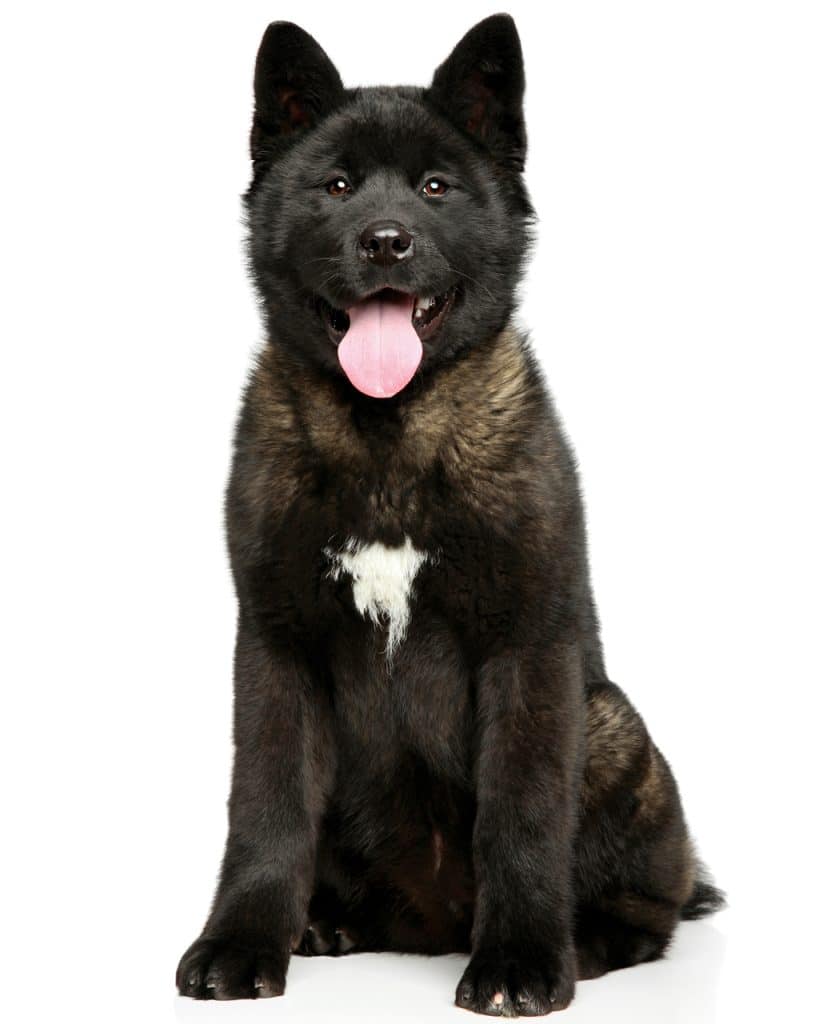
Jagodka/Bigstock
Can Akitas co-exist with cats? Well, maybe. Odds are better for an Akita to do well with cats if they are raised alongside of them. But, prey drive is strong in the breed and there have been incidents of aggression against cats (and other dogs). Again, early socialization with different animals and people, and regular training are key pieces to the puzzle.
Health-wise, this is a hearty breed. Like all dogs, the Akita can be prone to some conditions, including bloat as well as genetic disorders to eyes, thyroid, and hips.
As you can see, there’s a lot of dog in the Akita. He’s not for just anyone, but not just anyone is worthy of a dog this brave, loving, and loyal. “Heart dog” to the incomparable Helen Keller, a designated national treasure in Japan… it takes a special kind of dog to be worthy of these kinds of distinctions. It takes an Akita.
If you like the Akita, you might also consider:
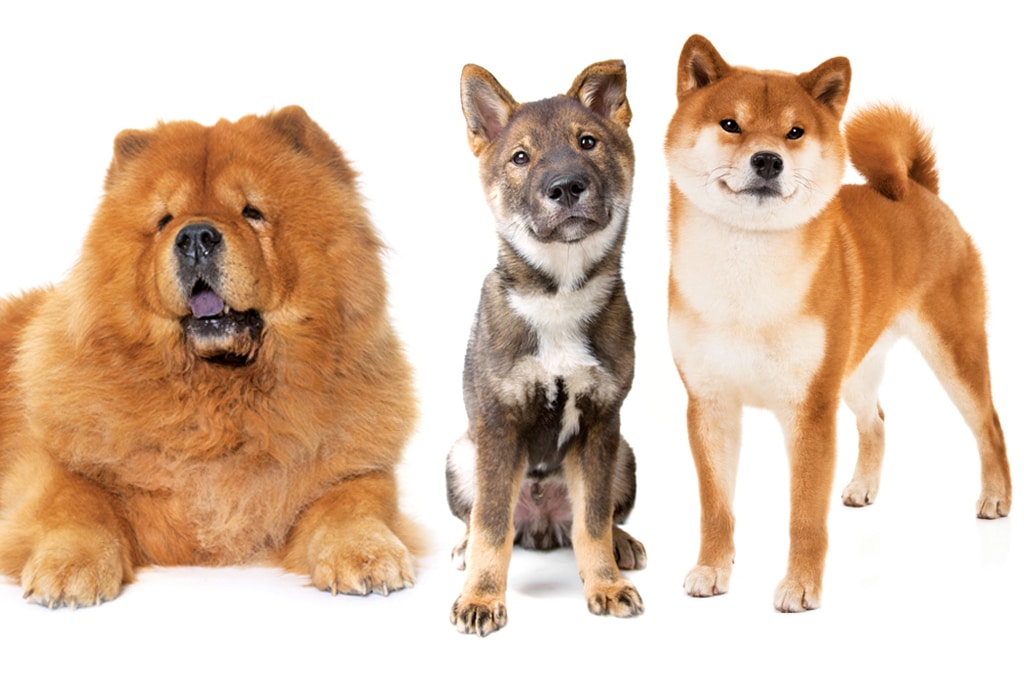
Click here for more breed profiles!
Join the newsletter and never miss out on dog content again!
"*" indicates required fields
By clicking the arrow, you agree to our web Terms of Use and Privacy & Cookie Policy. Easy unsubscribe links are provided in every email.

